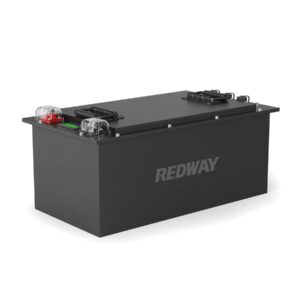
What to do with a dead car battery?
When dealing with a dead car battery, immediate solutions include jump-starting with jumper cables, using a portable power bank, or push-starting manual transmission vehicles. For long-term resolution, replace the battery if it’s aged or damaged. Preventative measures like weekly engine idling and minimizing parasitic loads extend battery life. Automatic transmission vehicles cannot be push-started due to transmission lock mechanisms.
How to Safely Dispose of and Recycle Car Batteries
What are the emergency solutions for a dead battery?
Three primary methods exist: jump-starting (requires donor vehicle), portable boosters (12V lithium packs), or manual push-start (gearbox-dependent). Always prioritize safety—reverse polarity connections can fry ECUs costing $800+ in repairs.

Jump-starting demands precision: Connect red clamps to both batteries’ positive terminals first, then attach the black clamp to the donor’s negative and the dead car’s engine block. Why the engine block? Direct battery-negative connections risk sparking near hydrogen gas vents. After successful starts, let the alternator charge for 20+ minutes—short drives won’t replenish deep discharges. Portable jumpers like NOCO GBX45 provide 2000A pulses but require monthly recharging. Pro Tip: Keep jumper cables with ≥4-gauge copper wires; thin cables overheat during cranking.
How does battery age affect recovery chances?
Lead-acid batteries degrade predictably: 500-800 cycles or 3-5 years. Voltage below 11.8V indicates unrecoverable sulfation. Load testing reveals true capacity—a 12V battery showing 9V under 50% load needs replacement.
Modern AGM batteries tolerate deeper discharges (50% DoD vs. 20% for flooded), but repeated full drains below 10.5V permanently damage plates. For example, a 5-year-old battery recovering to 12.4V after charging might still fail overnight due to internal shorts. Pro Tip: Use a multimeter—if voltage drops >0.2V/hour post-charge, cells are compromised.
| Battery Type | Recovery Threshold | Replacement Sign |
|---|---|---|
| Flooded Lead-Acid | ≥12.2V | Voltage ≤11.8V |
| AGM | ≥12.4V | Voltage ≤12.0V |
When should you replace versus recharge?
Replace if: battery is >4 years old, shows physical damage (bulging/cracks), or fails a load test. Recharge when voltage is 12.0-12.4V without load—smart chargers like CTEK MXS 5.0 can revive partially sulfated units.
Charging a fully dead battery (<9V) requires recovery mode chargers delivering 15V+ pulses. Standard chargers often reject deeply discharged units. After 24-hour charging, test voltage stability—a healthy battery maintains ≥12.6V for 12 hours post-charge. Pro Tip: Freezing temperatures reduce capacity 30-50%—warm batteries indoors before charging in winter.
Battery Expert Insight
FAQs
Can a completely dead battery be recharged?
Yes, but requires specialized chargers with desulfation modes. Batteries below 8V have ≤40% recovery success rate even with professional equipment.
How long to drive after jump-start?
Minimum 30 minutes highway driving—idling charges too slowly. Alternators output 14.4V but only 5-20A at idle versus 100A at 2000 RPM.
